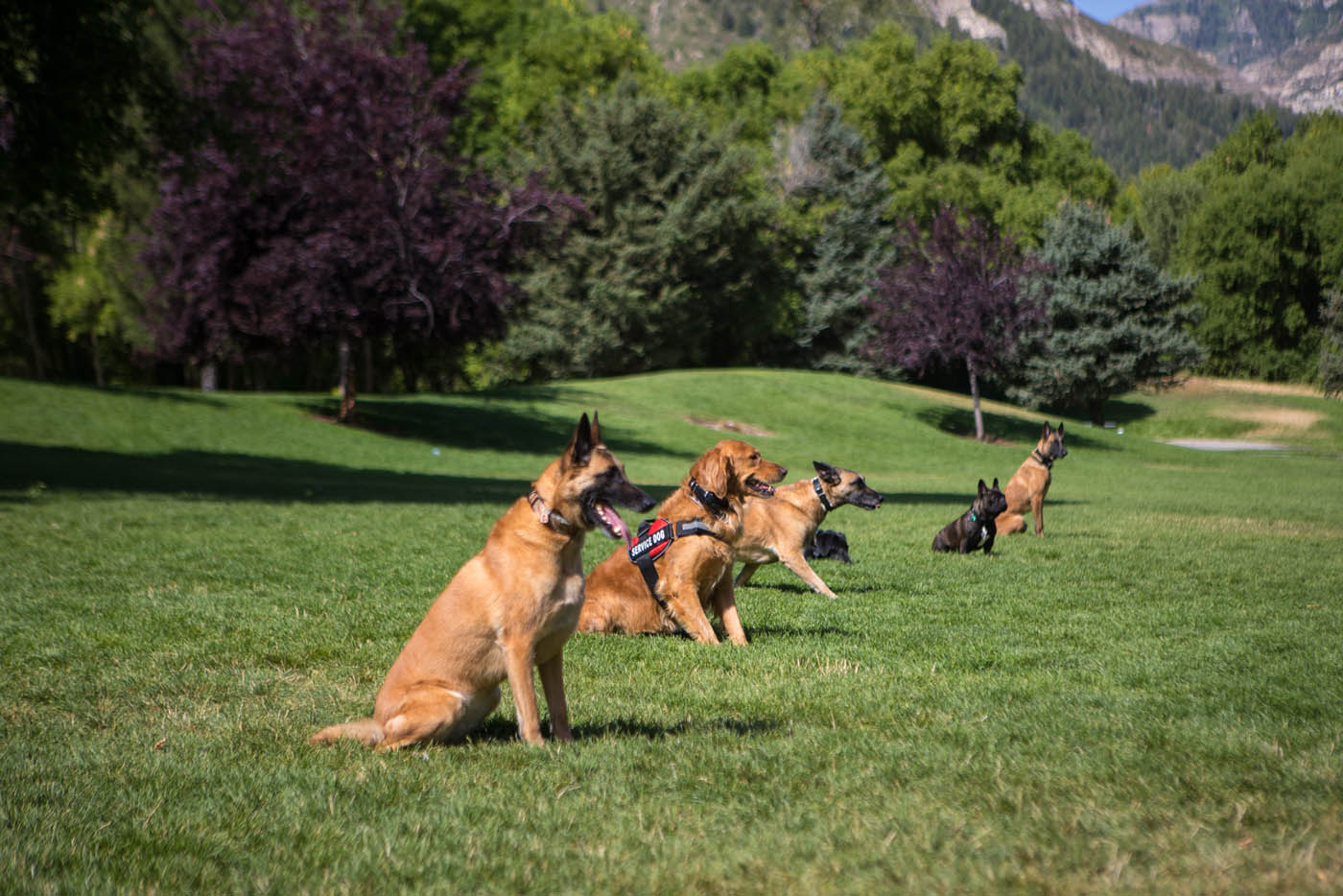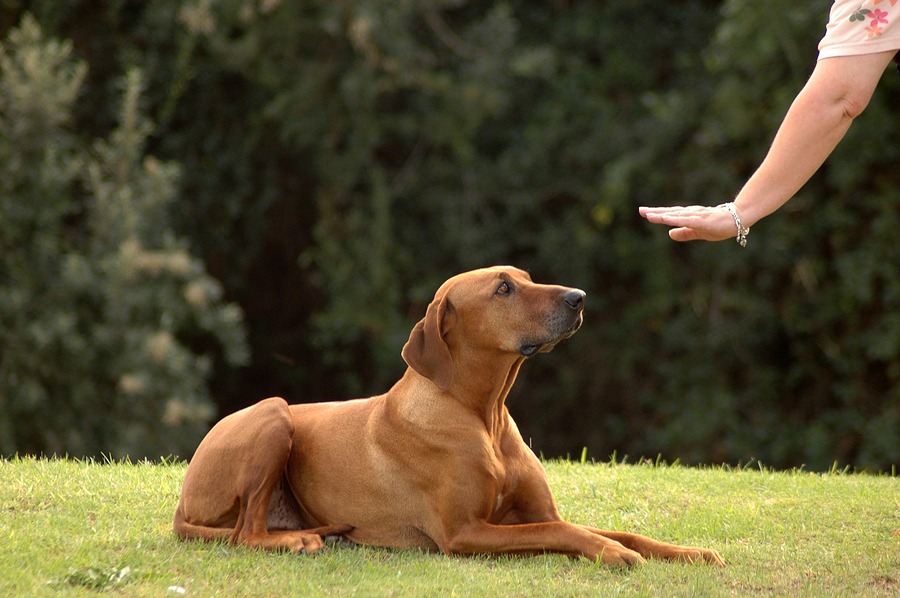Essential Tips for Successful Dog Training: A Guide for Beginners
Essential Tips for Successful Dog Training: A Guide for Beginners
Blog Article
Transform Your Dog's Behavior With Proven Training Approaches
Transforming your canine's habits needs a nuanced understanding of their private attributes and demands, along with the application of proven training methods. By employing positive support and acknowledging important cues in their body language, you can successfully resolve usual behavior concerns such as too much barking or leaping. Consistency in your training approach not just enhances obedience however also fosters a deeper bond of count on and regard in between you and your pet. The course to effective improvement may present unanticipated challenges that warrant further exploration.
Understanding Pet Dog Behavior
Comprehending pet dog habits is vital for effective training and communication in between humans and their canine friends. Canines, as social pets, display a series of actions affected by genetics, environment, and experiences - Dog training. Acknowledging these habits aids owners tailor their training approaches to satisfy the particular demands of their canines
Key facets of pet dog behavior consist of body language, vocalizations, and social communications. In addition, socialization plays a critical function in shaping behavior; pets that communicate favorably with different individuals and other pets are typically more well-adjusted and adaptable.
Moreover, acknowledging anxiety signals-- such as evasion, panting, or pacing behaviors-- can prevent acceleration into much more serious concerns. Owners that are attuned to their pet's actions can create a secure and caring environment, promoting depend on and enhancing the training process. Ultimately, a deep understanding of canine actions lays the foundation for an unified partnership and reliable training end results, making certain both pets and their owners thrive together.
Favorable Support Techniques
Favorable reinforcement methods are widely identified as one of the most effective approaches for training pet dogs, fostering a favorable understanding setting. This approach includes gratifying wanted behaviors with deals with, praise, or play, therefore motivating the canine to repeat those actions. Unlike punitive techniques, positive support develops count on and reinforces the bond in between the instructor and the pet dog.
Benefits ought to be provided quickly complying with the wanted actions to assist the canine make the connection. Consistency is also crucial; utilizing the same commands and benefits helps the canine recognize what is anticipated.
It is important to keep in mind that positive reinforcement is not concerning bribery; instead, it is concerning enhancing etiquette. Gradually, as the pet learns to link specific activities with positive outcomes, the regularity of benefits can be gradually decreased, transitioning to verbal appreciation or recurring benefits. This method not just urges obedience yet also advertises a certain and delighted pet, making training a much more enjoyable experience for both parties entailed.
Attending To Usual Issues
Dealing with common concerns during canine training is essential for making sure a effective and harmonious connection between the pet and its owner. Several pet owners come across behavior challenges, such as too much barking, leaping, and chain drawing. Understanding the source of these habits is critical for efficient training.
To reduce this, provide adequate physical workout, mental excitement, and possibilities for social interaction with both human beings and various other pets. Educating the pet dog to sit upon welcoming can redirect this actions positively.
Leash drawing is one more prevalent issue, regularly resulting from a canine's passion to check out. Making use of proper leash dealing with methods, combined with training protocols that motivate loose-leash walking, can substantially boost this behavior.
In addition, concerns like source guarding or splitting up anxiety need customized approaches. Steady desensitization and counter-conditioning can be reliable in addressing these obstacles. By identifying and proactively handling these usual issues, dog owners can promote a more pleasurable training experience and reinforce the bond with their canine friends.
Uniformity in Training

To accomplish consistency, it is crucial that all members of the family stick to additional hints the same training techniques. For instance, making use of the exact same verbal cues and hand signals guarantees that the pet dog receives consistent messages. Additionally, the timing of improvements and benefits ought to correspond; immediate reinforcement enhances the chance that the pet dog will connect the actions with the end result.
Normal technique sessions, coupled with organized routines for feeding, strolling, and play, help pet dogs prepare for and understand their environment, making them more receptive to news training. Inevitably, uniformity fosters a sense of safety and security and depend on, empowering dogs to find out extra properly.
Structure a Strong Bond
How can fostering a strong bond between a dog and its proprietor enhance the training experience? When a pet really feels protected in its link with its owner, it is more most likely to display favorable habits and be responsive to learning.
Furthermore, a solid bond promotes much better communication. Canines are experienced at reading human hints, and a relying on connection enables for more clear signals throughout training. Proprietors who spend time in structure this bond via play, socializing, and favorable support develop an atmosphere where pet dogs really feel inspired and eager to discover.
Furthermore, a well-established link can minimize anxiety and behavioral issues, as pet dogs are less likely to act out when they really feel understood and taken care of. As a result, prioritizing the growth of a solid bond not only improves the training experience yet also adds to a better and much more well-adjusted dog. Inevitably, the journey of training changes right into a collective collaboration, bring about lasting behavioral renovations.
Conclusion

Owners that are attuned to their canine's habits can create a safe and nurturing setting, cultivating trust fund and boosting the training process. Inevitably, a deep understanding of canine habits lays the structure for a harmonious partnership and effective training results, ensuring both pet dogs and their owners thrive together.
Resolving usual problems during pet training is crucial for making certain a successful and harmonious partnership between the canine and its proprietor.Uniformity is a foundation of efficient canine training, as it develops a clear structure for the canine to recognize habits and expectations.In verdict, transforming a canine's behavior via confirmed training approaches calls for an understanding of canine habits, the application of favorable support strategies, and a focus on consistency.
Report this page